Irishwhistler
Been spending a lot of time on here!
- Joined
- Nov 1, 2018
- Messages
- 1,898
- Reaction score
- 1,553
- Location
- New England
- Can others edit my Photos
- Photos NOT OK to edit
~ FOCUS ~ As a trainer, I utilize an array of techniques to foster intensive eye contact from the retrievers that I work with. Early conditioning rewarding eye contact engages the trainees and teaches them that good things come to them when they make and maintain eye contact with me. Whilst we are training, I seek to have them consider me as the central most important being in their world. A dog that is visually focused on the trainer is receptive to instruction. Keeping the trainee motivated through strategically planned drills that stimulate them both mentally and physically, can readily be seen in the intensity of visual focus the dog maintains on the trainer.
The vast majority of K9 communication is silent and the competent trainer is one that has learned to read the dogs that they work with. Likewise, a dog that has learned to maintain visual focus on his trainer and ultimately on his handler, is much more receptive to the information we want them to receive and respond to. I utilize three domains of communication in working with dogs; (1) Verbal Commands, (2) Gestural cues, and (3) Whistle signals, all three methods are effective. Gestural cues require a dog to be visually focused on the trainer to be effective. Generally speaking, our dogs study us by listening and watching us most every waking moment they spend with us. The ability to make use of specific methods of communication to meet situational needs is a plus and especially so when being able to do so silently is critical (a great skill for any dog utilized for hunting). As my gun dogs and I move through cover whilst hunting birds, I watch for them to "check in" with me visually, and they do so often. I most often "reply" to them under those situations with a gestural cue that they have been trained to understand, they take the cue and the team keeps working cooperatively with virtually no sound made.
My soon to be two year old retriever trainee SHR LAKE CHAFFEE'S AUTUMN LEGACY O' TRAD FINIAN MAC JH, call name MAC, is seen making an maintaining eye contact on me during a field training session earlier today. There is little doubt when on looks into those eyes that MAC is looking at me for guidance, a two directional form of communication is maintained and keeps us working cooperatively as a team, and it just doesn't get better than that.
Cheers,
THE DOG WHISTLER



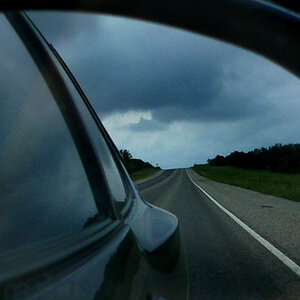
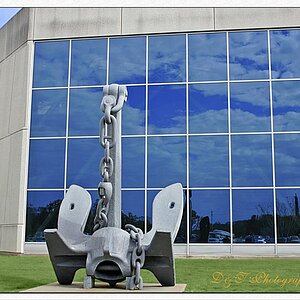
![[No title]](/data/xfmg/thumbnail/33/33027-0118cfc4034a37ef267ca6f8aa2fe04a.jpg?1619735841)
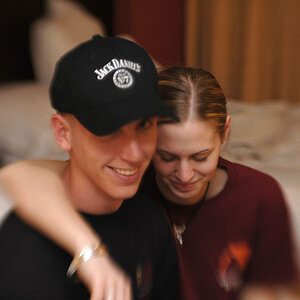
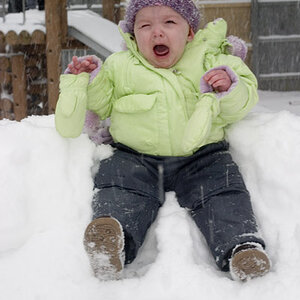

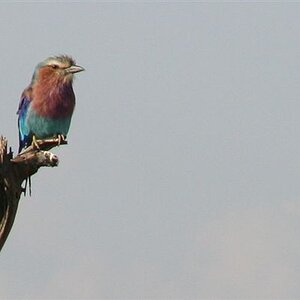
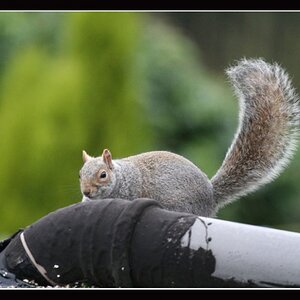

![[No title]](/data/xfmg/thumbnail/37/37537-25afab1a7980214af6067df3c997c353.jpg?1619738132)
